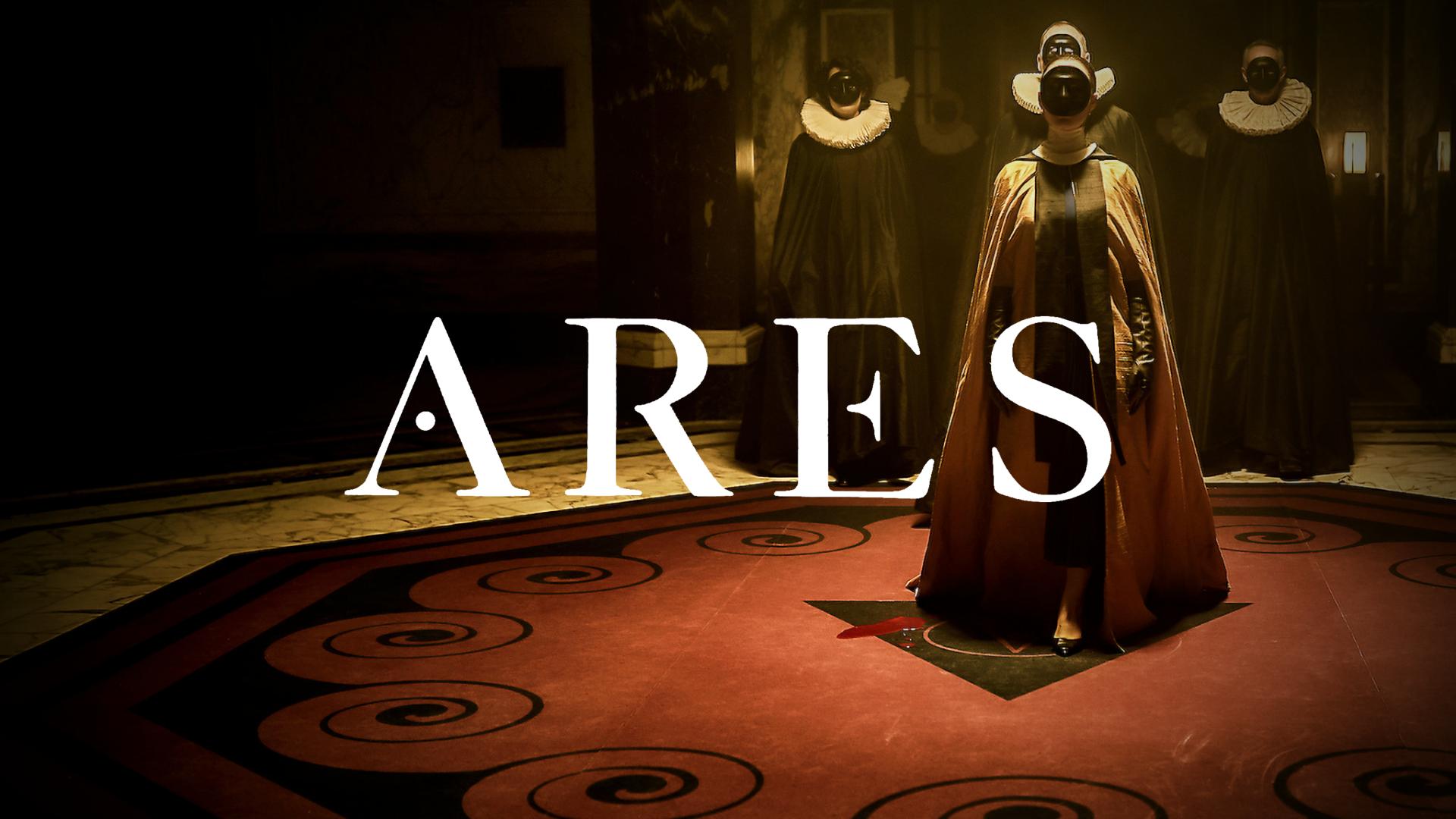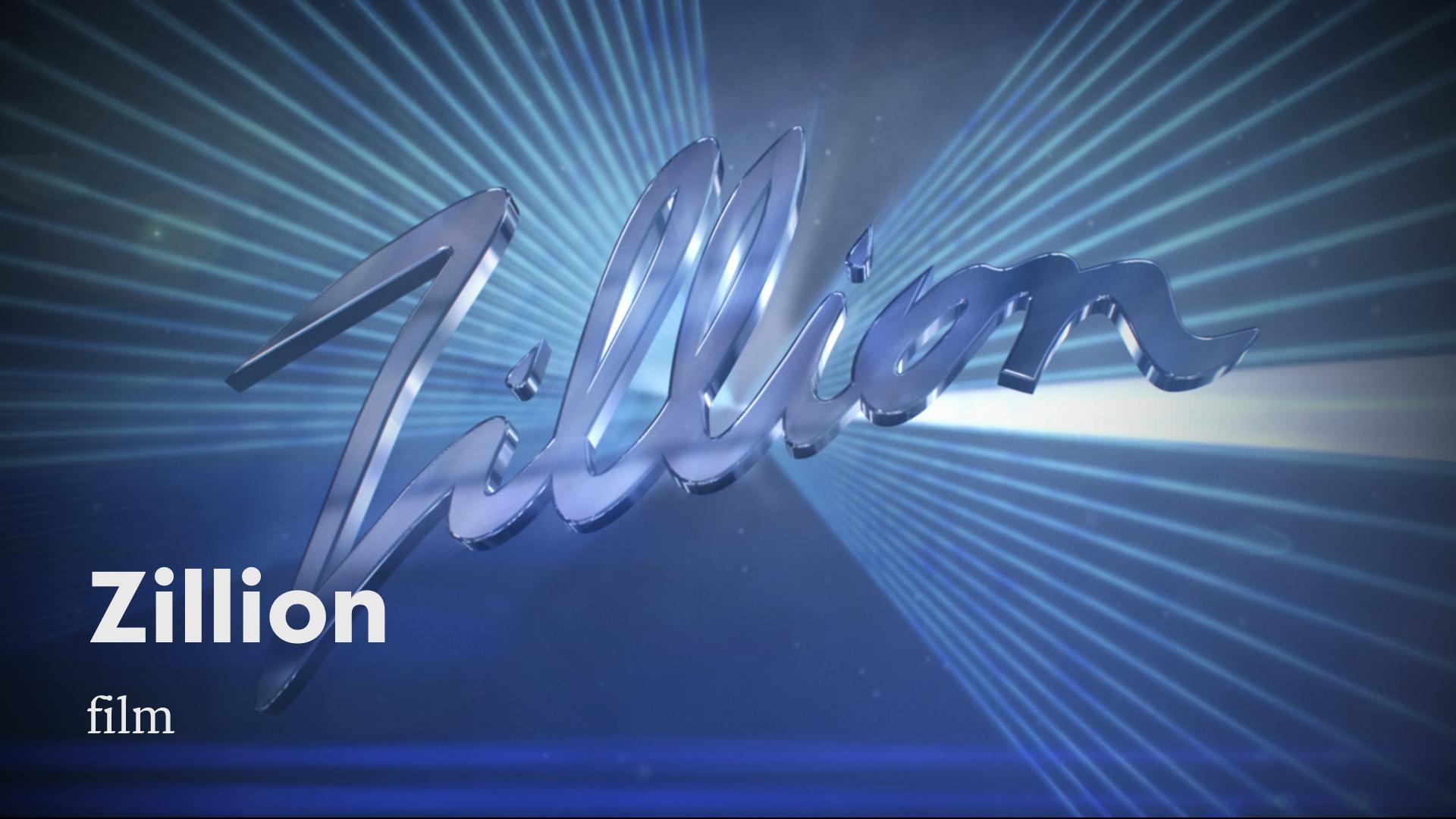
the eighties called...
Please hold the line while we transfer you back to late 80s Amsterdam... For this 6 episode First Dutch Netflix Original Series, we had the pleasure to work on a wide variety of VFX shots.
To sell the late 1980s we adjusted, replaced or removed a lot of modern elements in the street scenes, like cars, street signs, telephone boxes and added street waste, unfortunately a typical sign of late 80s Amsterdam.
Enjoy the VFX breakdown below for an overview of work done for Dirty Lines.
In the opening the first episode we see a guy nearly - very nearly - driving his brand-new Ferrari into the harbour. To pull this stunt off, we shot reverse footage: a pullback starting at the edge of the water and ending some hundred meters away. Into the match-moved reverse of that, we added our CG Ferrari. Then lots of elements to make the CG a believable part of the scene: rain on the car, splashes on the tarmac, smoke underneath the tires, sparks scraping off the cement.
The Ferrari scene was created with multiple techniques of shooting to arrive at a convincing end result. Due to the high value of the precious vintage car, we had to be creative in how we could translate the scene -in which Frank drives the Ferrari in the drink- from script to screen.
Learn more on the use of ICVFX for this purpose by clicking the Virtual Production/ICVFX tab.
A few scenes are set in the internationally famous Amsterdam nightclub the RoXY (1987-1999). Shot during the coronavirus, we duplicated and added the dancing crowds by combining multiple passes of the same group of extras into wide establishing overviews of the club.
The giant hands looming over the crowd and seemingly controlling their movement, were a typical decor element of the RoXY after the design of Matthew Whitehead. They were recreated in 3D, lit matching the scene and added to the shots.
Especially challenging was shooting several passes of the dancing crowd in the dynamic, fast moving and flashing lights of the club. Each pass had to seamlessly connect to the one next to it in the final result, and would the lights not be in sync and thus behave differently in all passes, that goal would be unachievable.
In order to prevent this, plans were made to link the designed light plan to the music that was played back during the recording of the shots, so the lights would repeat their program exactly the same, every time. The timecode source that controlled this synced playback was also stored in the metadata of the recorded camera clips to make it easier to sync them later during post-production.
We made use of Planet X Technologies' in-house DeepSpace VR system to previs the scene and make sure we would be able to make the passes work with the right lenses and conditions.
To show the mayhem of loads and loads of telephone lines all connecting to the Teledutch company when it suddenly becomes immensely popular, we created this crazy-fast camera move following one line, then two, then three, ending in too many lines to count.
Along the way we fly through cracks in walls, seams between wooden floor-planks, holes in switchboards, dust puffs and spiderwebs.
using virtual production to drown a ferrari
We couldn't actually drive a Ferrari off the edge and into the drink of course, we had to be clever by suggesting we did. So we decided to split up the shoot for this scene in 3 different ways:
- An actual, real vintage Ferrari shot on location, racing (at a safe distance from any water). The driver would be a stunt person.
- While shooting the above, also record plates of the environment that could serve as a background to play back in a;
- ...virtual production studio, putting the same vintage Ferrari in front of LED-screens and film the performance of the actor, pretending to drive the car off the edge, in a controlled and safe way.
The correct term that describes the type of virtual production we actually use with LED screens in this case is ‘ICVFX’, which stands for ‘In-Camera VFX’, or: the display or rendering of any background live on a giant LED screen so you can see and adjust, while you shoot, together with the other creative stakeholders, the final in-camera result!
There is a 4th step, not mentioned above; the use of a digital version of the Ferrari for actions we couldn't possibly achieve with the vintage real car, like the skid near the water's edge and the violent bump of the car when it slides over the quay. The 3D CG version was composited into empty plates of the same location. More on this process can be found under the VFX tab on this page.
To see if the 8 x 4 meter LED screens would work together with the Ferrari (a car with a very low ground clearance), the actor crammed inside and the desired lenses, these elements were first put together in a virtual (real-time) scene that could be visited in VR before the shoot would start.
Besides the scene where the Ferrari is raced off the quay's edge, it would also need to drive through Amsterdam's city centre for other scenes appearing in the series. This would have posed serious productional challenges such as permits and shooting times.
Set in Amsterdam 1987, a time when Dutch society was changing rapidly. Psychology student Marly Salomon takes on a side job working for a brand new firm: Teledutch a company started by two brothers, Frank and Ramon Stigter, who established Europe's first erotic telephone lines. Frank and Ramon become rich overnight and Marly finds herself immersed in this wild and rapid transformation.
and data wranglers
On-set VFX data collected with Setellite


